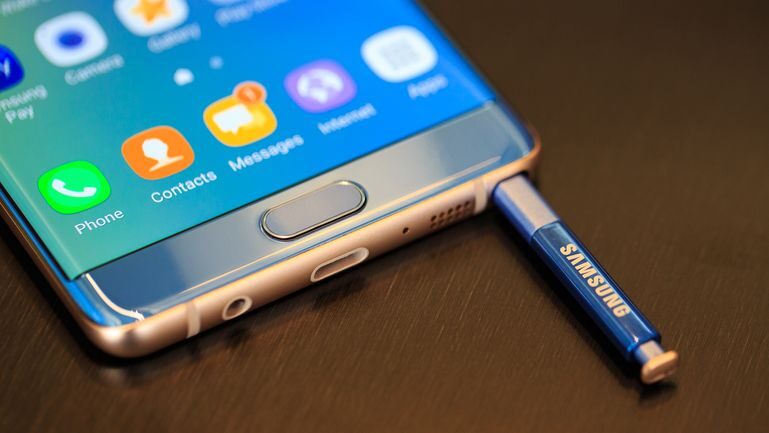If you’ve spent any time on Twitter over the last month, you may have caught wind of the hottest technology crisis since #BendGate in 2015 – Galaxy Note7s are exploding all over the place, leaving loyal Samsung users like myself in a state of panic and denial.
#ExplosionGate? #BoomGate? #GalacticExplosionGate? Official crisis title is still in the works. In the meantime, let’s take a look at how Samsung is handling crisis communications.
Timing: not great.
Samsung acknowledged the problem with their phones earlier this month and announced a voluntary recall. This was a great first step; however, in their voluntary recall, the company offered a simple exchange for customers’ phones. This move agitated the U.S. Consumer Product Safety Commission (CPSC). CPSC criticized the Korean company for not coordinating with the agency, and not adequately addressing the full scale of the problem, which affects approximately 1 million US consumers.
One week after their voluntary recall, the CPSC formally recalled all of the devices, entitling users to a replacement device or a refund of their phones, which run between $850-890. The subsequent announcement made Samsung’s original response look inadequate, and hinted that they weren’t taking the issue seriously from the get-go.
Language: not great.
Samsung’s president of mobile business said in a press conference that there was ‘a tiny problem in the manufacturing process,’ thus, it was difficult to catch. As this debacle already cost Samsung $25 billion in market value, and the retail costs will likely ring in at more than $1 billion, I think we can all agree ‘tiny’ is a poor word choice.
Language is key in any crisis situation. Empathy, transparency and thoroughness are all essential when communicating with any audience, but especially when communicating with upset consumers. While Samsung leadership offered ‘deep apologies,’ they severely lacked empathetic, transparent and thorough language to put consumers at ease.
Social: nearly nonexistent and confusing.
I am an avid social user, and 100% team Samsung when it comes to technology. But the first time I saw any information about the recall was via BuzzFeed’s Twitter account – and all additional information I’ve come across on the subject has also derived from sources other than Samsung. I follow Samsung on Facebook, Twitter and LinkedIn, or so I thought.
The only channel that I followed that had any updated information about the recall was the Samsung Mobile USA Facebook page. After doing a quick Twitter search, I found Samsung USA’s Twitter page. There, the most recent tweet is a retweet of promotional content from Samsung Mobile USA – which led me down a social media rabbit hole where I found more than four separate, verified Samsung accounts across multiple social platforms. Samsung is a huge company with a lot to offer so I can see the argument for multiple accounts, but this type of crisis information should have been disseminated across each of its channels to reach as many of its consumers as possible, and making the necessary information easier for consumers to find.
We live in a 24-hour economy, often highlighted by social media communications. Through their social channels, brands have a huge opportunity to monitor conversation and directly communicate with their audiences in real time – an opportunity sorely missed by Samsung USA.
Can the brand bounce back from this crisis? So far, no one has been injured and if the phone issues are resolved without harming any users, the Samsung brand will likely take a hit but could definitely recover. However, according to Apteligent mobile metrics, Note7 users are still using their phones. As of last week, usage of the phone was only down 13 percent, two weeks after the initial recall. So what happens next? Only time will tell. Will they have a Chipotle-esque rebound, or an AIG-scale brand death? I’m betting on a rebound, but I look forward to watching how the rest of the story unfolds.


